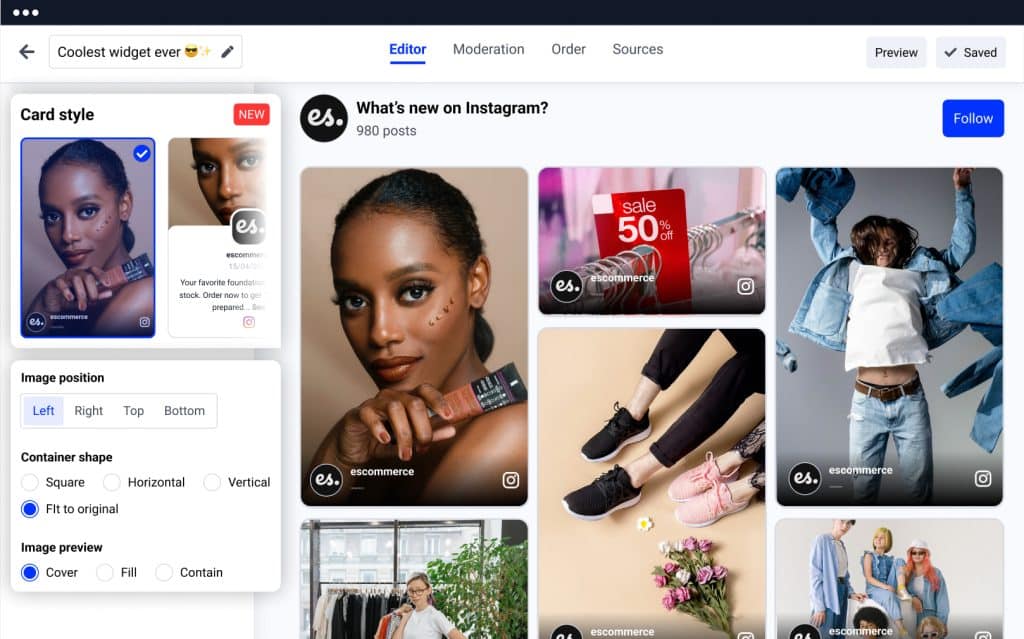Creator Economy Startups

Creator Economy Startups. In the light of the growing popularity of the creator economy, it has become easier for people to make money out of their interests. This is where the creator economy startups come in which provide a variety of services from monetization tools to audience acquisition services. These startups do enable independent growth of the creators and also enable them to engage directly with their fans.
These startups have been around in the recent past, and the effects are being felt in different areas such as video, newsletters among others. These companies offer the foundation on which creators can grow their businesses, giving them the means to make money off these talents and skills.
Now, from the membership platforms to the creation and management tools, the creator economy startups have played a significant role in building the future of new digital entrepreneurship.
This content discusses various categories of creator economy startups, their function in supporting creators, as well as the possibilities of new creative employment.
Creator Economy Startups: Understanding the Creator Economy
The creator economy is the economy of digital creators and influencers, freelancers, and craftsmen who generate value out of content, skills, or ideas they can sell on online marketplaces. In contrast to classic sectors and most commonly known industries, the content industry does not rely on behemoth-like corporations or advertising agencies to exclusively own and distribute content and attachments, but the ordinary person can directly reach out to the audience and make royalties.
This economy is built around YouTube, Instagram, TikTok, Patreon, and Substack, as the content authors can post and advertise their content on their own. Ad income, sponsorship, brand partnerships, fansupport, and merchandise income are the monetization techniques that exist out there. Thus, the opportunities for creative independence increase for creators when it comes to building their personalities and choosing how and with what to interact with their followers.
Creator Economy Startups
To enable this sort of independent work, startups in the creator economy are crucial. All these startups offer solutions that enable content creators to run and scale their businesses, including data and marketing initiatives, revenue generation capabilities, and customer outreach tools. They meet the need of some producers who may not have opportunities that new media firms provide.
In other words, the creator economy empowers people to go over middlemen and get closer to their audiences and, therefore, opens numerous possibilities for new businesses in the age of digitalization. These innovative companies trying to empower creators are firmly at the core of this trend to guarantee that creators have everything they need
Key Types of Creator Economy Startups
In the rapidly-growing environment of the creator economy, it is possible to distinguish various types of startups that provide creators with the tools to profit from their work and attract more audiences.
These are the tools, platforms and service, which are needed for creators to efficiently run their business and expand their audience.
Creator Economy Startups: Monetization Platform
Monetization platforms are essential in the current structure of the creator economy to monetize content creation for creators. Some services Patreon, YouTube and Ko-fi offer different ways of turning work into money, including membership, tips, and ads.
For instance, Patreon provides features to make selective creation accessible to paid members, while, on the other hand, it permits creators to monetize ad spaces on their content, similar to YouTube. Ko-fi is a service that provides a help for creators to accept a single time contribution from their fans.
These platforms are exceptionally useful for the actualization of people’s hobbies in generating sustainable incomes.
Creator Economy Startups: Content Creation Tools
As we know, content creation tools are crucial for creators in order for them to develop content that are effective with regard to its quality. Canva and Descript are two examples of such companies that give their users an enormous amount of tools to work with while letting the creators’ lids focus on the less important but equally crucial part – creativity.
For example, Canva provides basic design solutions that allow creation of graphics for social networks, presentations, and other types of visual materials; Descript is an application helpful in easy audio and video editing. These startups provide the creators with all the required tools to create professional quality content even if they don’t possess advanced technical skills to do so allowing them to successfully connect to their users and expand their base.
Creator Economy Startups: Audience Growth and Engagement Platforms
The ability to gain more viewers and listeners and tools that help with creating communities of those interested in the content are essentials when it comes to creator economies. Applications include analytics platforms that enable the creator to understand the audience and email marketing tools that allow the creator to create content suitable for the audience.
For example, in a newsletter, creators use tools such as Mailchimp to target a specific audience, and in audience analysis, there are tools such as Google Analytics that help creators to understand their audience’s behavior. In this way, taking advantage of these applications will allow creators to communicate with their audience more successfully, leading to increased recurrence and communication that translates to further growth within the creator economy.
Creator Economy Startups: Marketplace Platforms
For sponsorships and collaborations, different marketplace platforms exist to ensure that creators can work for brands and create value together. Companies such as AspireIQ and CreatorIQ exist in the middle and support creators in identifying the brands that might be interested in collaboration corresponding to the content and audience.
These platforms help in easy access to potential sponsors and the partnership they have with the creators makes it easier for them to do what they were hired for i.e. creating content. In return, creators can add value to the marketplace platforms as well as open themselves up to new potential consumers, which will greatly impact their development in this new economy.
Creator Economy Startups: Financial and Business Management Startups
Administrative support for the creators is essential, especially since financial and business management startups are quite important in this issue. Stir or Karat is some of the software that the creators use to solve their financial and taxation issues and contracts and everything associated with business problems.
For instance, Stir gives creators a view of their revenues and costs in order that they can make improved monetary choices. Karat is centered on the existing problem of contracts and agreements between creators and the brands and the fact that those who create should be safeguarded and informed.
These startups help these creators manage their business aspects off the screen, leaving them with more time to create and post content.
Notable Creator Economy Startups and Their Impact
Many prominent startups associated with the booming creator economy have been identified as creating a major impact on content creation and monetization.
Patreon
Patreon has recently become one of the most popular and influential platforms that unite fans and content creators and provide them with an opportunity to create new content through Patreon without intermediaries.
Some of the functionality of this platform include; Following – which allows fans to subscribe to their favorite creator for more access, listening to Music, and voicing – Fans are part of the community spirit. The monthly cheque that came from the membership made creators free from the usual pressure to make money through ‘units’ of ad views.
Substack
It is playing with the notion of writers by creating ways they can make money through their newsletters through Substack. This platform allows writers to cultivate a direct paying clientele, a perk that directly provides writers with exclusive access to their readership.
Substack has removed barriers for independent writers and grants them the ability to publish without support from media companies, therefore bringing a new and fresher point to the writing world.
Twitch
Twitch has been central to the advancement of live streaming especially in the gaming industry. The platform enables creators to engage the audiences in real-time thus creating a direct connexon or organization.
In addition to donations, which are discretionary payments from the audience to streamers, Twitch provides the viewers with subscriptions through which they receive earnings for their favorite streamers thus guaranteeing stable earnings for streamers.
OnlyFans
One has to agree that OnlyFans has changed a lot in independent creators, especially in adult content. This trend enables content creators to make revenue directly from their consumers without dealing with mysteries of copyright or record companies.
Despite helping many people to gain control over their content and earnings OnlyFans faced criticism for adult content presence which brings concerns of ethical and censorship issues into the world of the creator economy.
Conclusion
The so-called creator economy is a way of interacting with content that new generations have adopted rapidly, and it has limitless opportunities to monetize talents and hobbies. Therefore, through the research, we understand that startups in the creator economy help support and enhance the growth of creators.
With the help of Patreon, Buzzfeed launched multiple brands aimed not only at monetization but also at building a community and attracting an audience through tools like Canva.
In conclusion, I find that the creator economy will persist because startups are constantly looking for ways to help creators succeed in the online space. By understanding these dynamics, creators can harness these resources more effectively to build sustainable careers and establish deeper connections with their target audiences.







Responses